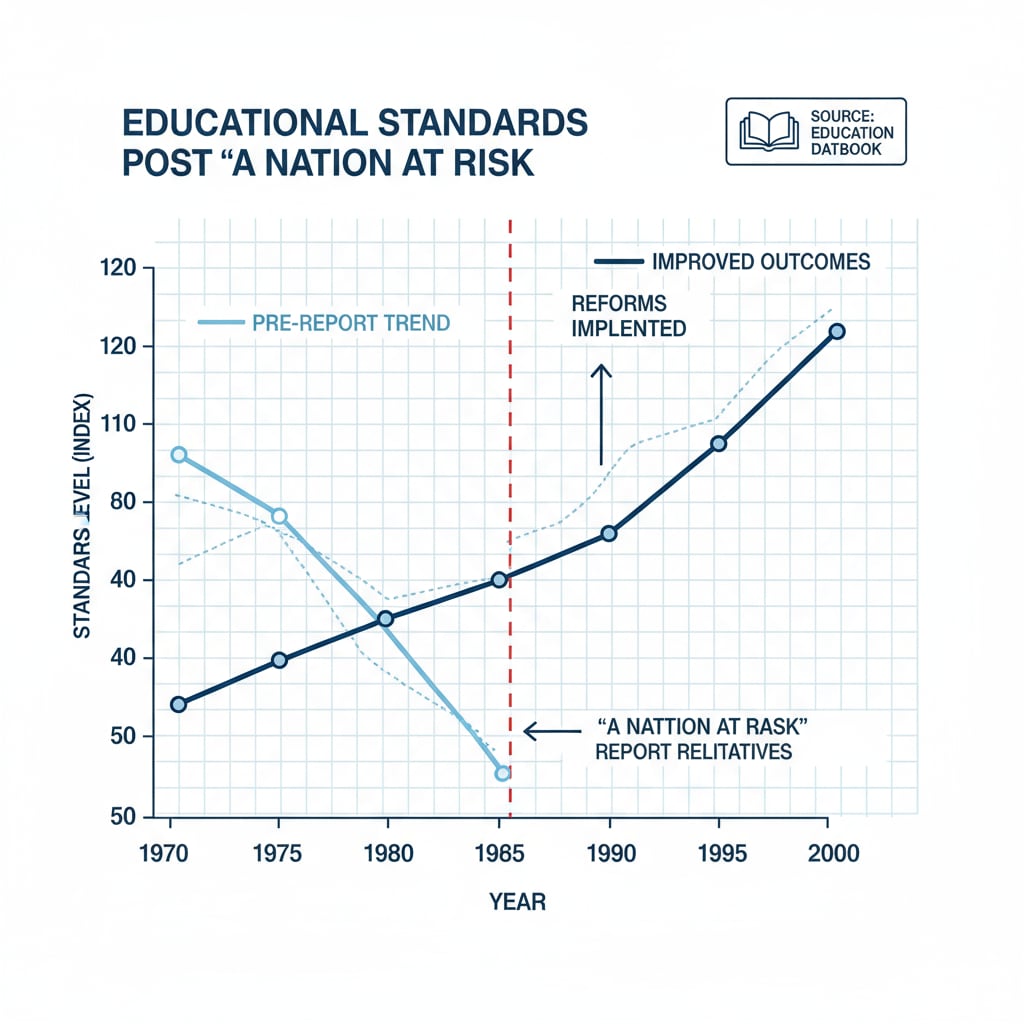The educational accountability system in the US, along with NCLB, school management, and education policy, has a profound and complex history. It has significantly influenced the educational landscape over the years. The journey of educational accountability in the US began to gain momentum with the release of the “A Nation at Risk” report. This report served as a wake-up call, highlighting the need for greater accountability in education to improve the quality of schooling and prepare students for the challenges of the modern world.

The Genesis of Educational Accountability
The “A Nation at Risk” report, published in 1983, pointed out the decline in educational standards in the US. It emphasized that the nation’s educational system was not adequately preparing students for the global economy and technological advancements. As a result, a series of efforts were initiated to hold schools and educators accountable for student performance. For example, states started to implement more rigorous testing programs to measure student achievement. This was the beginning of a shift towards a more data-driven approach in educational accountability. Learn more about ‘A Nation at Risk’ on Wikipedia

The NCLB Era: A New Phase of Accountability
The No Child Left Behind (NCLB) Act of 2001 was a major milestone in the US educational accountability system. NCLB aimed to ensure that all students, regardless of their background, achieved proficiency in reading and mathematics by 2014. This act brought about a significant change in school management. Schools were now required to meet annual measurable objectives (AMOs) based on standardized test scores. Teachers also faced increased pressure as their performance was closely tied to student test results. Explore the details of NCLB Act on Britannica
The implementation of NCLB led to a shift in the power relationship between school administrators and teachers. Administrators were tasked with ensuring that schools met the NCLB requirements, which often meant closely monitoring teachers’ instructional practices. Teachers, on the other hand, felt more constrained in their teaching methods as they had to focus on preparing students for standardized tests. This sometimes led to a more adversarial relationship between the two groups.
Readability guidance: The evolution of the US educational accountability system shows a complex interaction between different policies and stakeholders. The shift from the initial concerns raised by “A Nation at Risk” to the specific requirements of NCLB has had a profound impact on school management and teacher – administrator relationships. We need to carefully analyze these changes to better understand the future direction of education.


